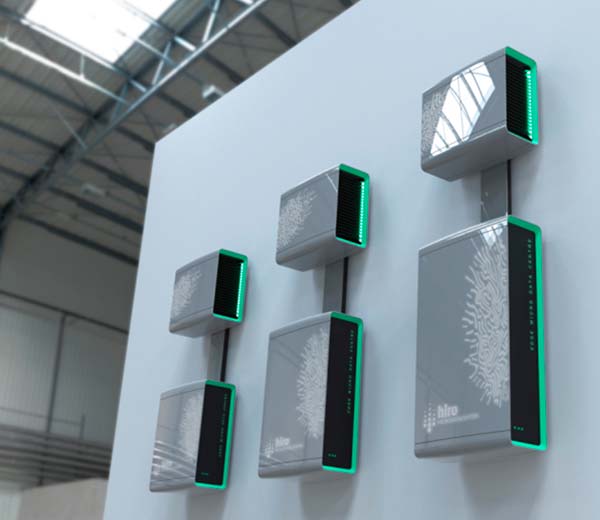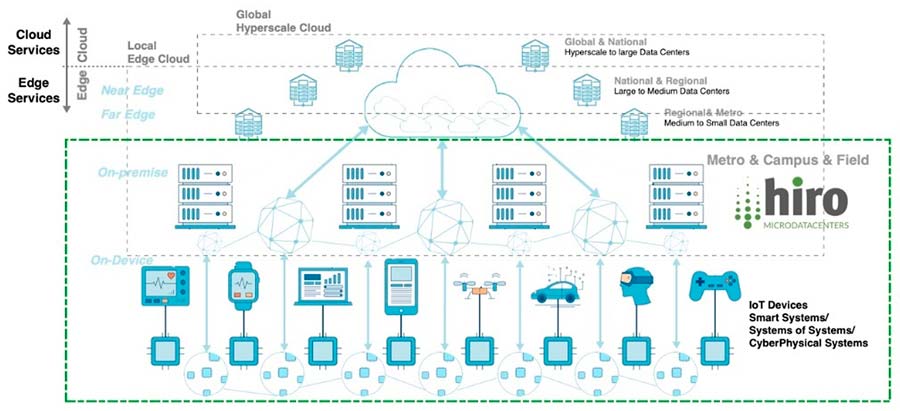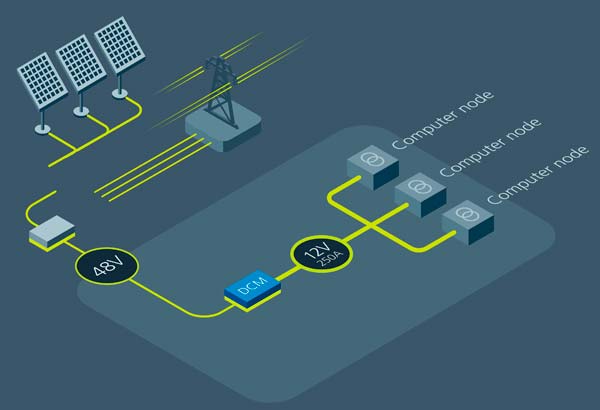Edge computing is essential to realizing the full potential of artificial intelligence (AI), machine learning and internet of things (IoT). These technologies are being infused into every corner of our lives—autonomous driving, smart buildings, robotics, supply chain management and healthcare.
What is edge computing?
Edge computing serves as a faster (middle layer) relay for data to enable mission-critical, real-time responses in devices. Edge computing can dramatically boost services and applications by supporting AI natively, instead of relying on AI in the cloud. The edge is where intelligent decisions are facilitated on when to move computation from the edge to the cloud.
The result has been the Edge Micro Data Centre (EMDC) – a highly scalable, compact, edge computing resource that can thrive outside in harsh environments. It can integrate any type and quantity of CPUs, GPUs, FPGAs and NVMe® (Non-Volatile Memory Express) media into platforms from 1.5kW shoeboxes to 500kW containerized edge installations. Fully solid-state and modular, these platforms require little maintenance and no energy for cooling.HIRO, a Dutch entrepreneurial technology company, develops innovative high-performance, reliable edge infrastructures (hardware and software) that can deliver intelligent edge as a service. Working closely with PCB Design Ltd., an innovative Hungarian hardware design house, has led to the development of a ruggedized high-performing communication and computing solution.

Figure 2: HIRO’s energy-efficient EMDC (Micro Data Centre) designs are compact and portable, able to be placed in a variety of environments. HIRO EMDC examples – Left to right EMDC8 1.5kW, EMDC16 3kW EMDC24 4.5kW.
HIRO has a special commitment to supporting hospitals, processing Big Data and training AI models in privacy-preserving settings.
Delivering community impact
Additionally, HIRO is working on the €16M BRAINE project, which has four test-bed locations with unique applications across Europe (Netherlands, Italy and Hungary):
- Healthcare Assisted Living
- Hyper-connected Smart City
- Robotics in Industry 4.0 Factory
- Supply Chain Industry 4.0
Power density proves integral to scalable, efficient platform
The highly compact and efficient power conversion is achieved by designing hardware running from 48VDC power distribution, instead of 12VDC. The higher voltage reduces I2R losses across the power delivery network (PDN). Vicor high-density, high-efficiency power modules contribute to the HIRO solid-state, thermally adept, compact, energy-efficient EMDC designs.
Vicor DCM power modules provide 48-to-12V conversion. With their flexible cooling options, they offer world-leading volumetric power density. This flexibility lends itself to renewable energy opportunities.
Vicor innovative packaging, topologies, and architectures deliver the ever-increasing density and power efficiency essential to data centres.
Bringing Europe closer to the edge
The continued mobilization of our smart, connected world is an enormous undertaking. Edge computing is the critical bridge to enable faster computing and realizing what new ideas are possible. HIRO, Vicor and PCB Design, Ltd. are three important drivers of this movement, working together to push the technological boundaries. The partnership will lead to impactful enhancements in the areas of Smart City, Smart Hospital, Smart Manufacturing and Robotics, and Smart Supply Chain.
Learn more about HIRO’s Edge Computing solution
NVMe® is a registered trademark of NVM Espress, Inc.
Vicor is a registered trademark of Vicor Corporation.




